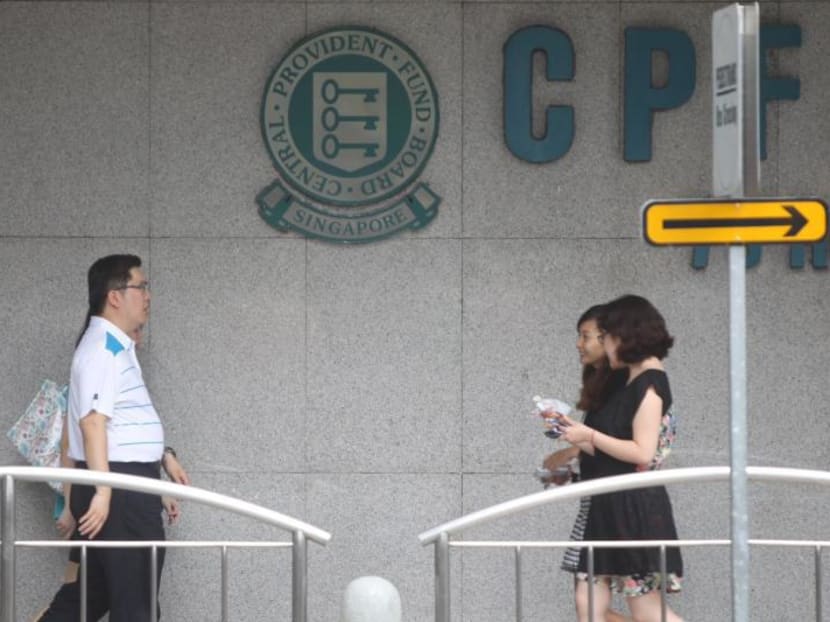Economist calls for tax reform as CPF relief benefits the rich
SINGAPORE — If a rich man contributes S$100 to his Central Provident Fund (CPF) account, he could get up to S$22 in income tax relief. In comparison, a person drawing S$3,000 a month would only get S$2 in relief.
SINGAPORE — If a rich man contributes S$100 to his Central Provident Fund (CPF) account, he could get up to S$22 in income tax relief. In comparison, a person drawing S$3,000 a month would only get S$2 in relief.
Pointing out these extremes in potential savings by different income segments, Singapore University of Social Science economist Walter Theseira said in a forum on Oct 20 that the Republic’s CPF contribution tax relief policy should be reformed to troubleshoot the “regressive nature of CPF contributions”, where those who earn less contribute a greater fraction of their income to society than high earners.
Dr Theseira made the comments at the Singapore Economic Policy Forum, organised by the Economic Society of Singapore, where he holds the position of Honorary Secretary.
The amount of CPF tax relief is tied to an individual’s marginal tax rates — the amount of tax paid on an additional dollar of income. The highest marginal tax rate in Singapore is 22 per cent for those earning S$320,000.
“So for every dollar they earn above S$320,000, at the end of the year, they are taxed at 22 cents each (dollar),” noted Dr Theseira. “But if they can use their CPF tax relief, they get to save basically 22 cents for each dollar that they have contributed to CPF.”
The bottom half of Singapore’s households gets 14 per cent of all CPF tax relief subsidies, while the top 10 per cent of households gets 31 per cent in subsidies, according to Dr Theseira’s calculations.
Altogether, these subsidies cost the Government approximately S$1 billion annually in tax revenue, which is “a substantial amount” when compared with the Silver Support scheme’s estimated cost of about S$350 million, the economist said.
While the Government could justify the S$1 billion spending on subsidies as a nudge for citizens to save for their retirement through CPF, Dr Theseira asked: “If the subsidies are removed, what other retirement policies could (the S$1 billion) support?”
He proposed that the Government implement a “credit system” where taxpayers get the same amount in income tax relief regardless of which income bracket they fall into. These credits can be used to pay the tax on one’s CPF contributions or be used to offset another tax.
“Credits are inherently, potentially neutral (versus) a tax relief (system that is) tied to marginal tax rates, (where being bumped up an income bracket) increases the market value of a relief subsidy,” he said.
In response to TODAY’s queries, a spokesperson from the Ministry of Finance (MOF) said that it is “indeed possible” to find some specific parts in the tax system which “may not be as progressive”.
But Singapore’s overall taxes and transfers system is “progressive in design”, she added, citing that low-income households received almost S$4 of benefits for every dollar of tax paid last year, versus the S$2 of benefits middle-income households got for the same tax contribution.
Other examples include the S$1 billion a year the Government spends on the Workfare Income Supplement scheme (granting up to S$3,600 yearly to every worker with a gross monthly income of S$2,000) and the Silver Support scheme (up to S$750 in payouts quarterly for seniors whose CPF contributions did not reach S$70,000 by the time they were 55) to supplement the retirement savings and incomes of the less well off.
Interest rates on CPF balances are also tiered, with higher rates on the first S$60,000 of CPF balances.
All in all, “we achieve progressivity in our social policies from the implementation of various programmes and schemes throughout a person’s life stages”, said the ministry spokesperson. “The CPF is a key pillar of Singapore’s social security system, and works alongside highly subsidised home ownership, education and skills training, and health and medical services. Additional help for the less well-off come in the form of Workfare and Silver Support.”
Nevertheless, the spokesperson said they will continue to consider inputs such as that from Dr Theseira in their regular review of policies.
Dr Theseira agreed that the social policies were progressive, as a whole, but said a review of the CPF tax relief “would be a good opportunity to continue to further improve progressivity and rebalance tax revenue especially in light of the fact that the Government has already made an expensive commitment to help the poorest Singaporeans in old age through Silver Support”.









